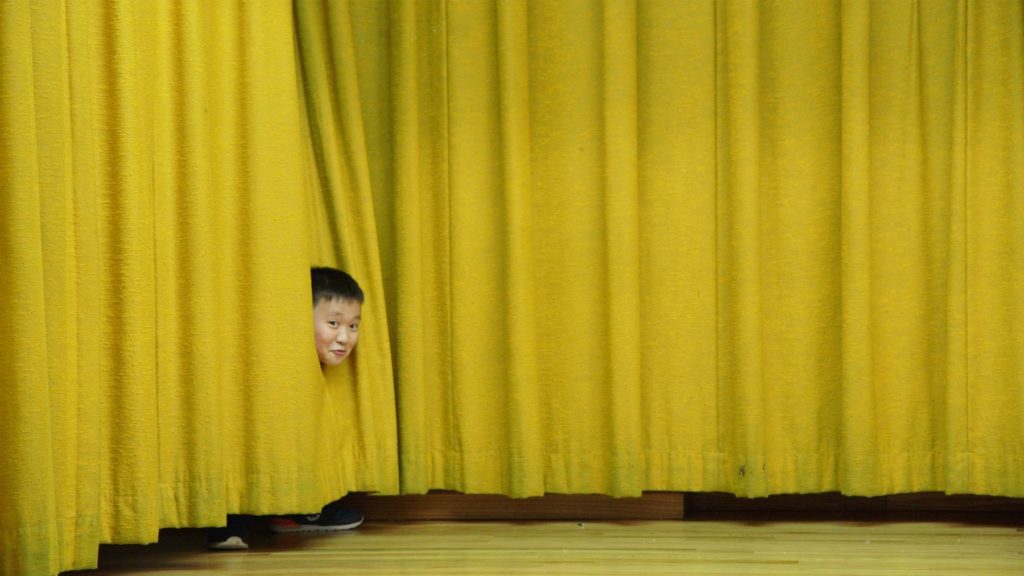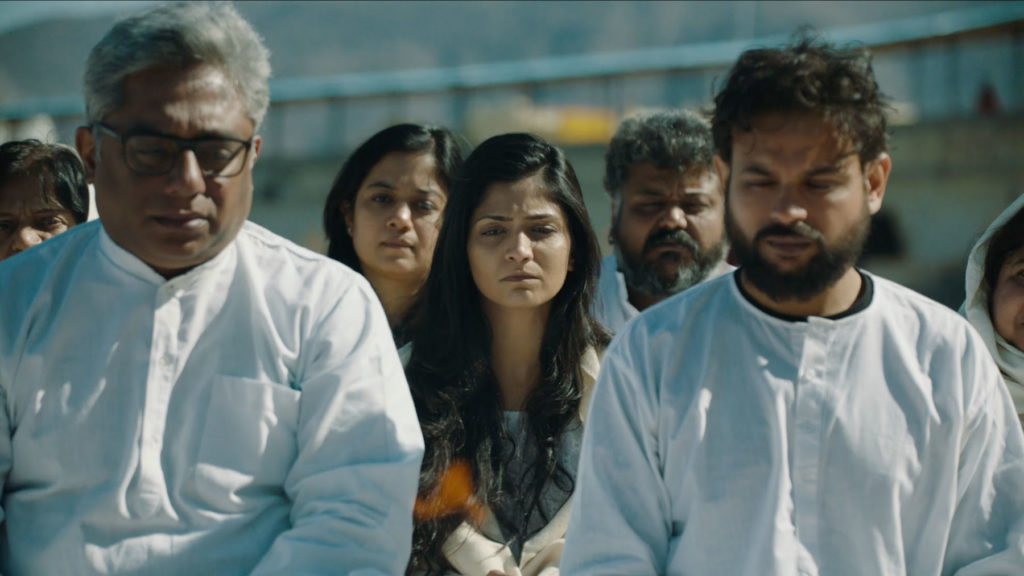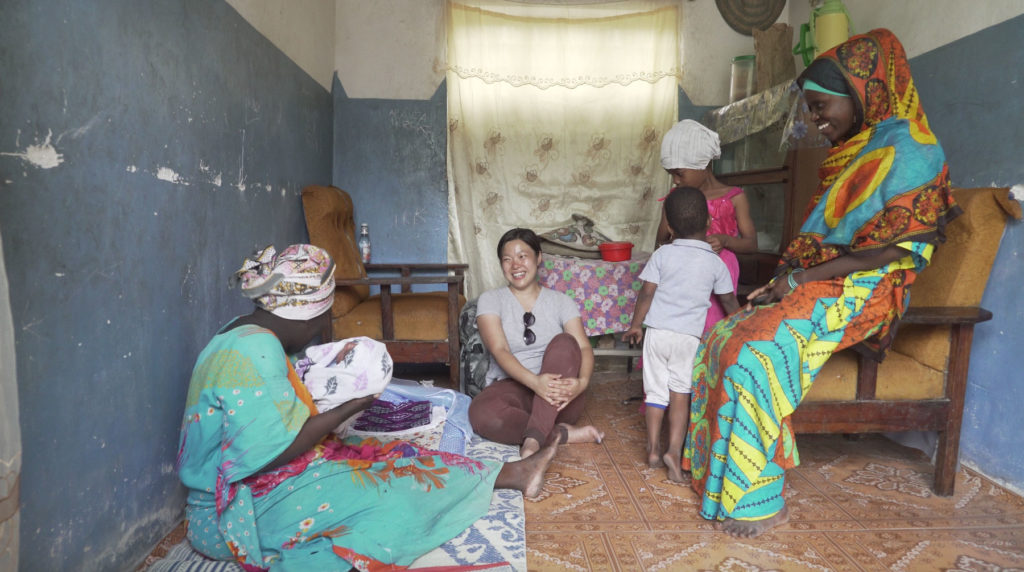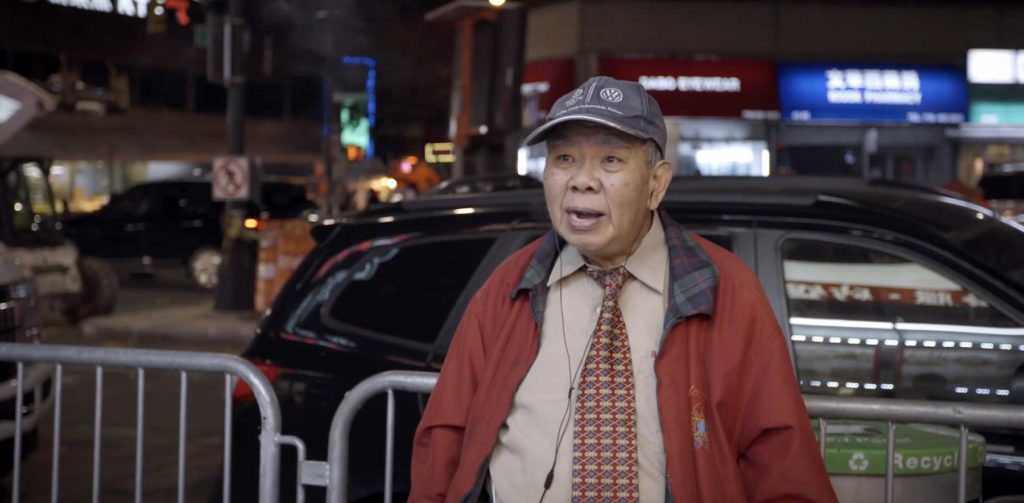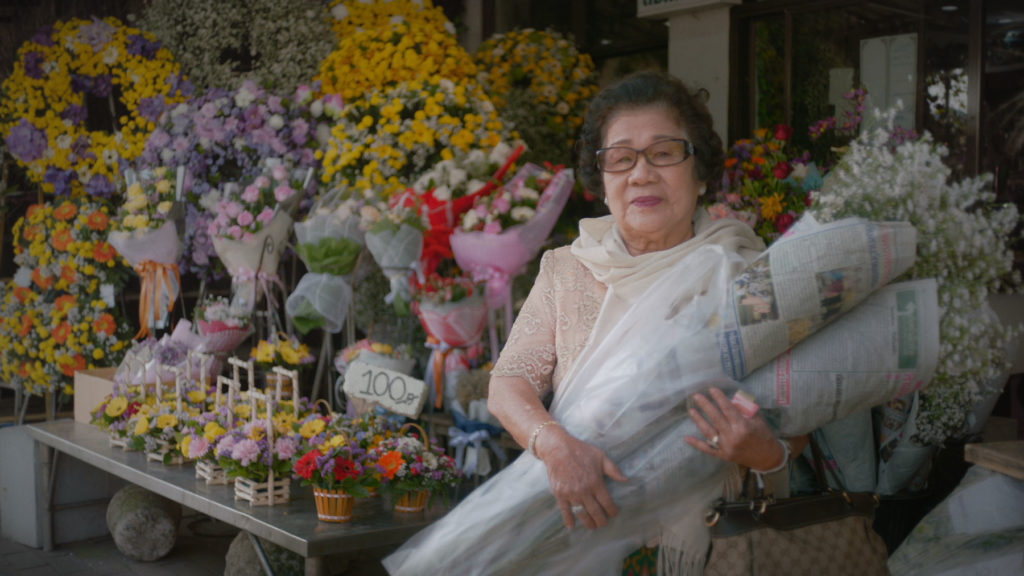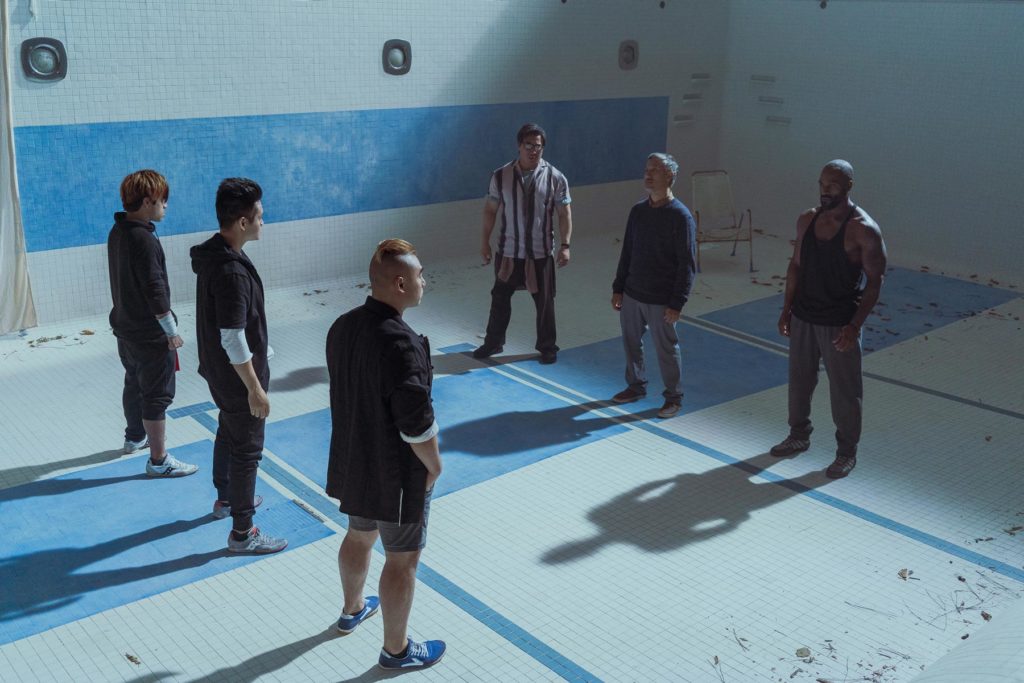Documenting How Hula Danced Its Way Into Japan: An Interview with Lisette Marie Flanary
Hula dancing is a native art form originating from Hawai’i. Today hula dancing has led to the growth of a multi-million dollar industry in Japan, with estimates of 2 million taking an interest; that’s greater than the whole population of Hawai’i. With personal stories from Hawaiian master hula teachers and Japanese teachers and dancers, Tokyo Hula is a film that explores how the hula industry emerged and blossomed in Japan. Hula dancer and Director Lisette Marie Flanary spoke with PAAFF about her experience documenting this long-distance cultural exchange between Hawai’i and Japan. When did you first learn about hula dancing as a means of cultural exchange between Native Hawaiʻi and Japan? Lisette Marie Flanary: I think I first learned about hula schools blossoming in Japan in the late 90’s, but had definitely always been aware of the love affair the Japanese have had with Hawaiʻi. I had also seen Japanese hālau performing at the King Kamehameha Hula Competition in Honolulu and felt their presence at the Merrie Monarch Hula Competition in Hilo, Hawaiʻi which is really like the Olympics of hula in terms of hula competitions. It always impressed me how large their hula schools were! They could fill an entire stage with just one hālau or school. The first time I watched them dance I remember thinking that technically they executed synchronized motions so perfectly, but there was something missing that I couldn’t quite put my finger on. This led me to start researching hula in Japan and trying to better understand why and how it had become so popular. Historically, there are some really interesting links between the two island nations of Hawaiʻi and Japan so hula seemed like an interesting exchange to focus on. Tokyo Hula is the last film in a trilogy of documentaries focusing on hula. As a hula dancer yourself, when did you realize you wanted to document the dance and cultural exchange? Lisette Marie Flanary: As an independent filmmaker committed to sharing stories that highlight a Pacific perspective, I have been dedicated to creating feature-length documentaries about the hula dance and Hawaiian culture since 1998 when I first started my own production company. For Hawaiians, the hula is not just a dance, but a way of life. And while many people may only know the stereotypes from old Hollywood movies and tourist kitsch, I have always been interested in trying to dispel the deep rooted misconceptions about the hula and Hawaiian culture often seen in mainstream media. My first film American Aloha: Hula Beyond Hawaiʻi focused on Hawaiian communities who had left the islands and moved to California but still created communities centered around hula as a way to stay connected to their culture. When I screened this film in festivals and when it aired on PBS in the United States, I received so many questions about the history of hula – and in particular, a lot of people wanting to know more about men dancing hula. In fact, there were a lot of people who were shocked to find that men even danced hula which inspired me to make the second film in the trilogy, Nā Kamalei: The Men of Hula about Kumu Hula Robert Cazimero and the only all-male hālau in Hawaiʻi. After I had completed this film, I really wanted to focus on how hula has grown internationally and embarked on the long journey of directing and producing Tokyo Hula. All of the films really very organically evolved from the ones that came before it. Why do you feel that this Native Hawaiian art form became so popular in Japan? What was it like to document its explosion in Japan? Lisette Marie Flanary: Why do the Japanese love the hula dance so much? This simple question—which has perplexed many master hula teachers and practitioners alike—was the inspiration driving my first trip to Japan to explore the hula craze in 2009. Ten years later, the number of people dancing hula in Japan continues to grow — and the popularity of the hula continues to blossom around the globe. And I still don’t think there is just one answer to that question. There are a lot of reasons why the Japanese have fallen in love with hula and I think you get a chance to explore them through some of the Japanese kumu hula and students in the film. For me, I loved seeing how passionate and dedicated the Japanese teachers and students were. Many also want to learn the Hawaiian language and really explore a lot of different aspects of Hawaiian culture beyond just hula. But I will admit that production itself was challenging – especially since I don’t speak Japanese and always needed to work with a translator. Everything took a little bit longer and I often didn’t really understand what was shot until I was in post-production. In the film, we learn about the various responses that Native Hawaiians have to Japan’s interest and commodification of hula dancing. How does hula dancing’s expansion as a business shape how the art form is received and practiced? What do you feel is the line between cultural appropriation and appreciation in this instance? Lisette Marie Flanary: I’m not interested in declaring where the line is between cultural appropriation and appreciation, but would rather people watch the film and ask themselves this question. Or perhaps that the film could inspire more dialogue in the hula community about it in a constructive and positive way. I love the quote from Kumu Hula Sonny Ching in the film when he says that he doesn’t want to be the ‘hula police’ in Japan, but that he wants to do his part to make sure they are not contributing to the commodification of the dance there. I think for a lot of kumu, dancers, and musicians, the hula business in Japan has really helped in terms of economic support so that they can continue to practice their art here in Hawaiʻi. Teaching in Japan, performing at concerts, and connections with Japanese sensei and kumu can help
Documenting How Hula Danced Its Way Into Japan: An Interview with Lisette Marie Flanary Read More »


